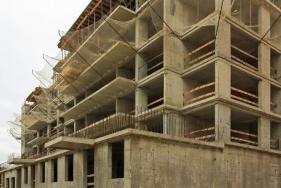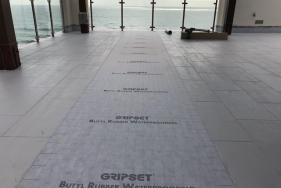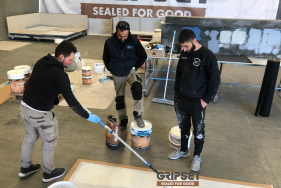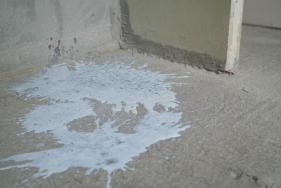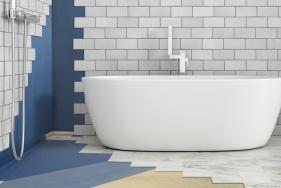How to successfully tile over your waterproofing (Part 2)
Gripset gurus Phil (Managing Director) and Yandi (Technical Head) share more secrets and tips to successfully tile over waterproofing
What are your thoughts on flood testing? Any issues you can share?
It is very important to try and encourage flood testing because you can rectify issues that you might not be able to see now but can be apparent later. So, flood tests work really well with this. You can offer the client that greater peace of mind knowing that they've signed off on something or moved onto the next stage knowing that the level of the construction is sound and is going to perform the way it's designed to.
The issues that you encounter with the flood testing is setting the time to be able to get to that initial flood the ing point, which again is where something like a sheet membrane as discussed in the previous b
How does a tiler select the best waterproofing for the tile?
Well, the type of membrane and adhesive would have to be taken into consideration for sure. Example, especially with the weight of the tile. If you're using a heavy or a large formatted tile. The large-format can mean different things to different people, depending on their experience but say a 1,200 by 600 tile on a wall is going to create weight loading, weight issues, therefore you need to prepare for whether it is a membrane or an adhesive.
Would you select Sheet or Liquid Membrane for large format tiles?
One of the reasons we went more towards a sheet for most of the floor applications was for the resilience of the tear resistance and knowing that if you drop something it's not going to cause the same damage as you would on a liquid.
Alternatively, there's cementitious products that are pretty robust as well but, again, the fastest application, that piece of mind for us, was always a sheet piece.? Is there a way that a builder can check that there is 100% coverage underneath the tile?
There is a tap test that everyone uses but it doesn't always pick it up especially on walls. On the lightweight construction, you will get that sound regardless of the amount of coverage that you have. In the of ceramic tiles, it is a bit easier to pick up with the tapping. But I'm sure there's a whole range of equipment that a professional inspector would have on hand like thermal type equipment or to tell even film thickness. But if the tiles are laid down, they won't be able to tell that. It's very tricky.
A way I can suggest which probably the easiest test you could do is to dig away at the grout. If you have a sharp instrument or a blade, then poke into that grout, if that grout just breaks away and falls into a void then that's a pretty good indication that you might have an issue.
The next step from there would be to remove a tile and see how it's been applied.
What have you done to prevent efflorescence from a tiling perspective?
For us the critical part of that is to make sure that there is that layer, the waterproofing where the waterproofing has occurred. You have the correct drainage and falls to where that water needs to migrate to instead of water finding another way, another path and creating leeching.
Efflorescence, general efflorescence is usually is treated with a primer specifically designed to be able to handle that sort of phenomenon.
I think Gripset H2O primer has been a good one for us because it's allowed that faster turnaround, in terms of waterproofing.
Externally we got into the practice of always applying the Gripset 11Y. Less water content, it helped the workability and it'd dry faster as well. Additives will definitely help a screed
How do you select grout externally vs internally?
Mapei makes a good grout, the Ultracolor Plus. That one we'd always recommend for external applications. It's equally as good to use internally. Sometimes epoxies can be an option, but you'd need to be careful with UV stability of that epoxy as well.
They're more internal for food preparers and a lot of the time what you'll find, these people have had bad experience with certain Epoxy grouts. Well not so much epoxy or just grout in general. It might be a good idea to put that forward to your client as well, to prevent those issues reoccurring.
What should a builder look for in pricing from a tiler doing a balcony?
It's a drip edge detail. That finished edge detail that has the weep holes. If you've got a balcony that's setup without any centre waste or a strip drain and it's primarily relying on the fall of that floor to fall off the edge then you'd want to make sure that one, you've got sufficient falls. Even if it's going into a gutter. So enough falls, and that drainage angle is installed, and it's a correct type of angle as well. That it has the weep holes, that it allows for that water to escape. They're pretty cost effective really. It gives a nice aesthetic finish as well. You come across some pretty interesting ways that people deal with that issue but that's probably the best system that's currently available.
Share:

